Though running has been proven to regulate blood sugar levels, reduce obesity and improve cardiovascular performance, it is not a risk-free activity. It estimated that about 60 percent or runners are injured every year while participating in various endurance sports. However, this does not mean that these hazards are inevitable in the life of the every runner.
Some medical experts believe that the majorities of these injuries caused due to the runner’s ignorance concerning the reasons for the injuries.
Being a high impact activity, running is accompanied by various running injuries and pain. These injuries can be very painful and can force you to the sidelines for months. In the worst-case scenario, the running injuries can put an end to your career.
However, if you stay alert to the signs provided by your body, you can easily recognize the symptoms of an impending injury and take care of it before it is too late. Generally, the running injuries caused by a combination of the following factors.
- Incorrect technique
- Bio-mechanical imbalance
- Suddenly increasing training volume
Just like any other illness, the earlier you respond to the pain or soreness in the body, the better your chances of preventing the injury or aggravating it. These are the real problem that you’ll face while running.
1. Ankle Sprain
This condition develops when the ankle rolls in or outward and stretches the ligament. Ankle sprain causes some serious pain. This condition develops when you land on tree branches potholes or unfortunate landing on the hard ground.
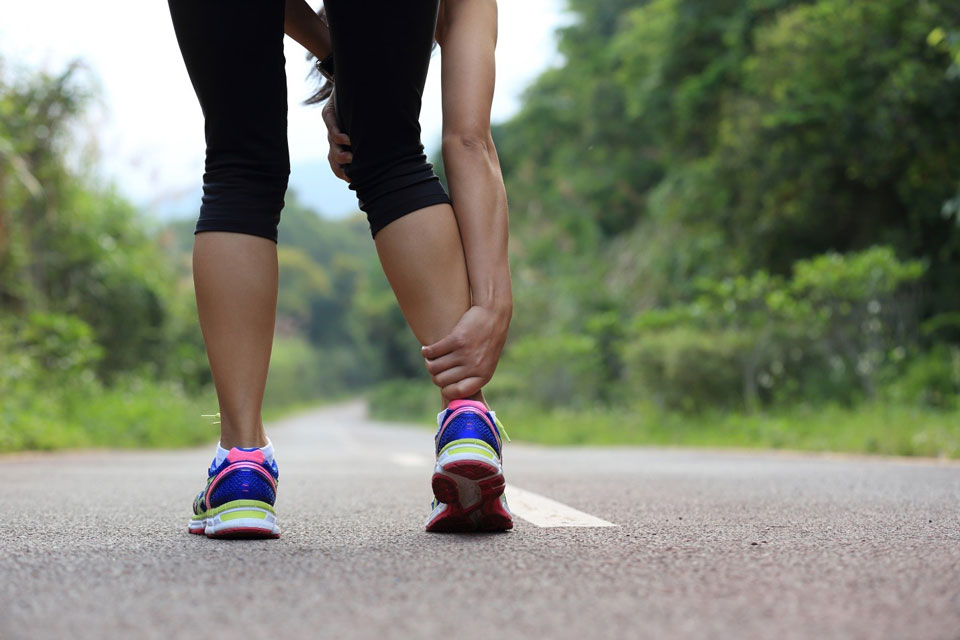
Treatments involve doing balance exercises to strengthen the muscle around the ankle. It is also advisable to stick to solid rest when this occurs. The recovery period entirely depends on the condition severity.
The doctors advise using natural supplements for runners as they promote a stable ankle while running, reducing the risk of ankle sprain.
2. Plantar Fasciitis
Plantar Fasciitis is a type inflammation or irritation that develops at the bottom of the foot because of tearing of the plantar fascia, tissue on the bottom of the foot. The common characteristic of this condition is a sharp painful sensation at the base of the heel.
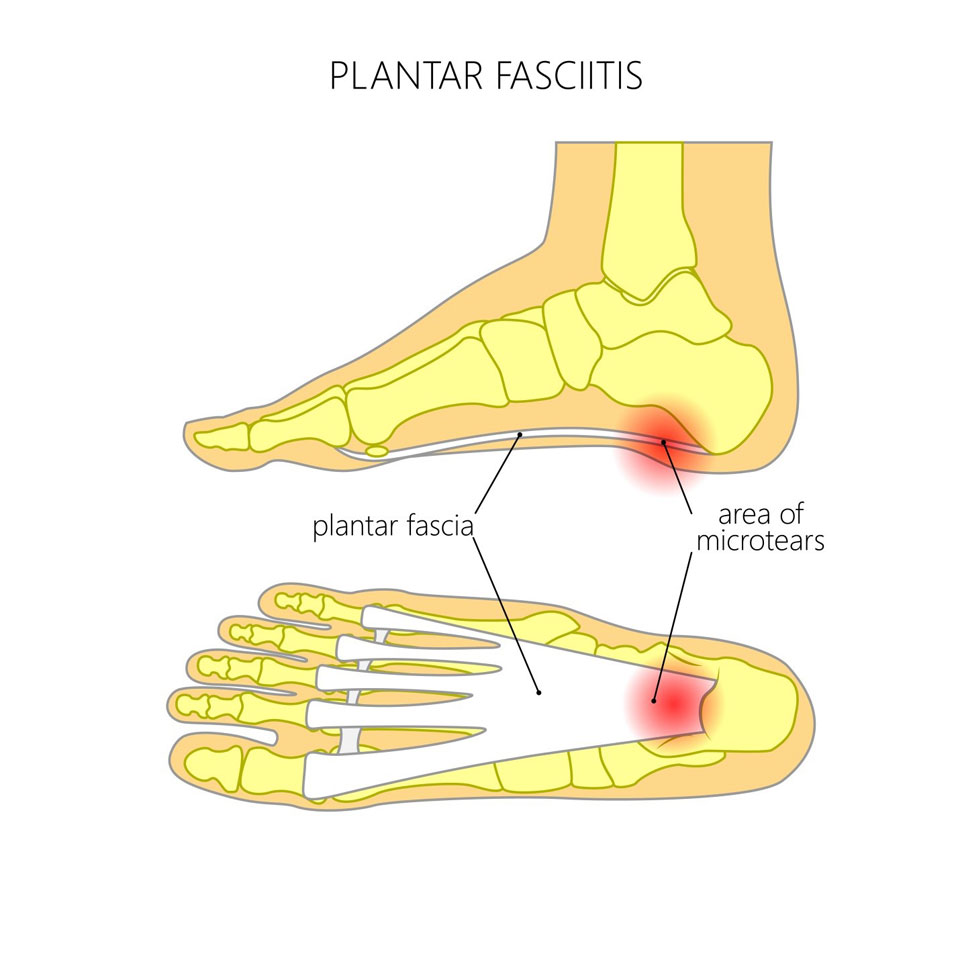
This pain can be anywhere from annoying to excruciating. The problem is caused by overtraining, overuse and wearing improper footwear while running. The root of the problem lies in the tight and weakened foot muscles.
When your feet become week, the heel takes the excessive load and cannot handle the training you are trying to do. The treatment of this condition involves the use of orthotic and stability shoes.
The insoles for plantar fasciitis can also help in eliminating the symptoms. In general, when you take calcium rich food, your feet will not only remain strong and avoid shifting the burden to your ankles but also lowers the risks of this condition.
3. Runner’s Knee
Runner’s Knee is also another common injury that affects runner. This problem has several different causes and often occurs when the kneecap is out of alignment. As time goes by, the cartilage on the kneecap wears down due to excessive exercise.
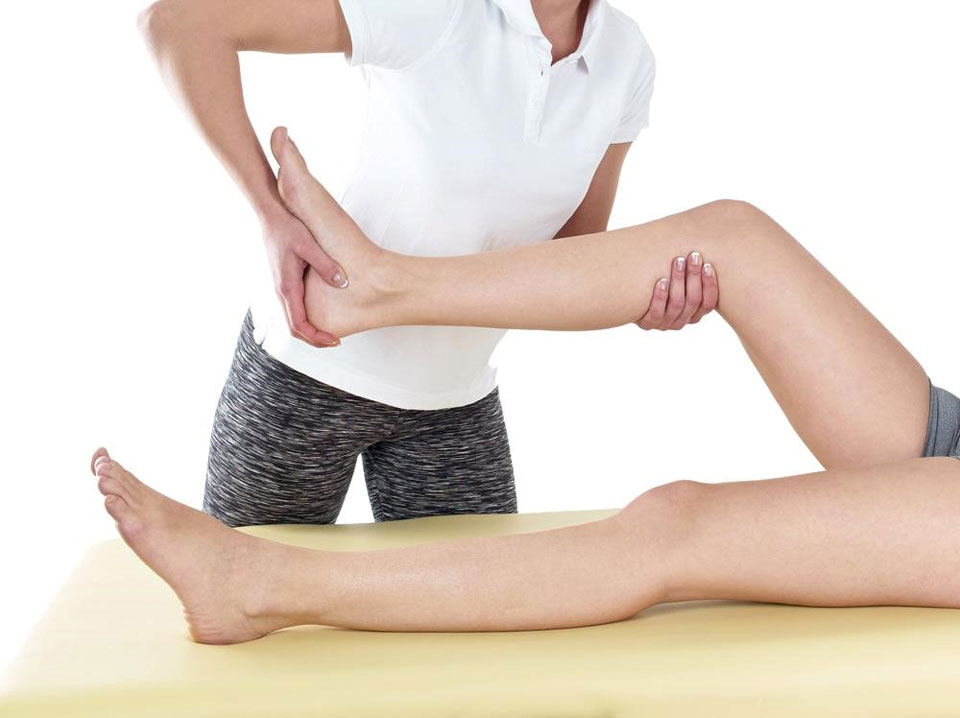
When this happen, one starts feeling pain around the kneecap, particularly when running uphill, squatting or sitting with the knee bent for a long time. The treatment is simple, follow eating a balanced diet for you to have strong knees and avoid intense abrupt, intense training.
4. Achilles tendinitis
This condition arises when there is inflammation in the Achilles’ tendon. Achilles’ tendon is the largest tendon that attaches the calf to the back of the heel. This condition causes pain and stiffness in the area of the tendon especially while running in the early morning hours.
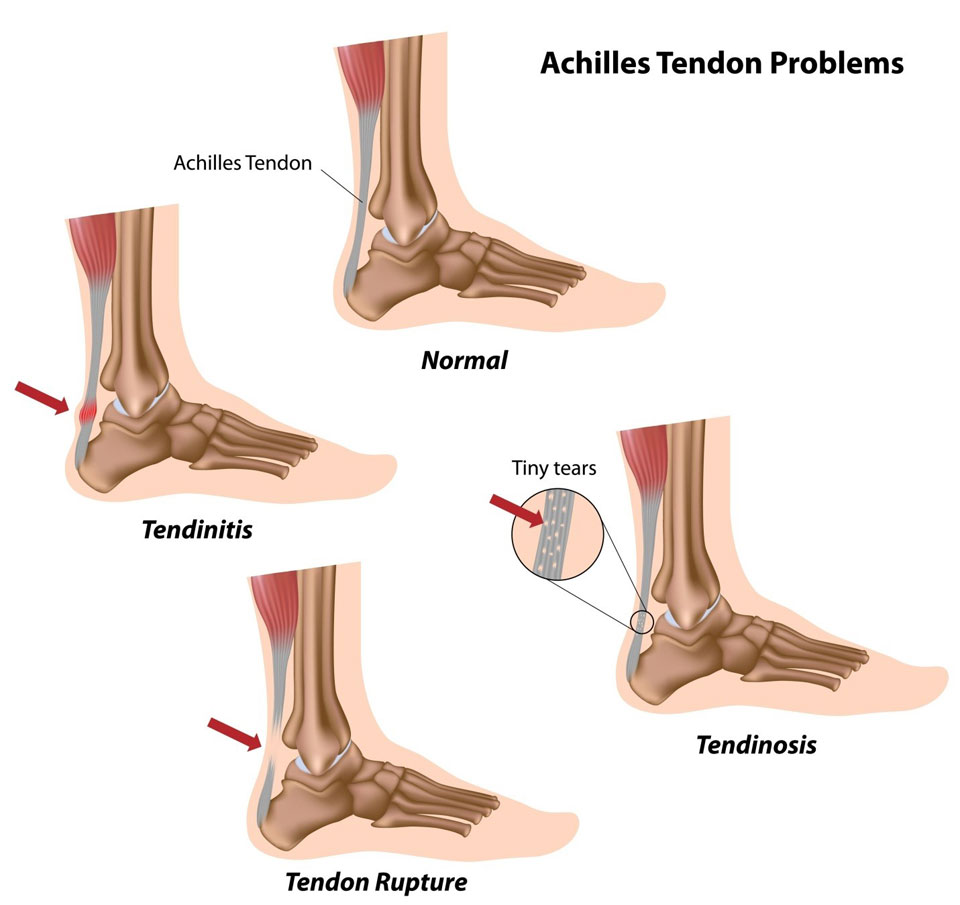
Adding too much distance to your running routine is the primary cause also the tight calf muscles also contribute to this pain. Some of the treatments that can help ease this pain include, wearing the right training footwear fitted with proper insoles, resting, stretching the calf and icing the affected area.
5. Shin Splints
This nagging injury makes you experience that aching, stabbing sensation in the shins. This condition occurs when the muscles and the tendons covering the shinbone become inflamed.
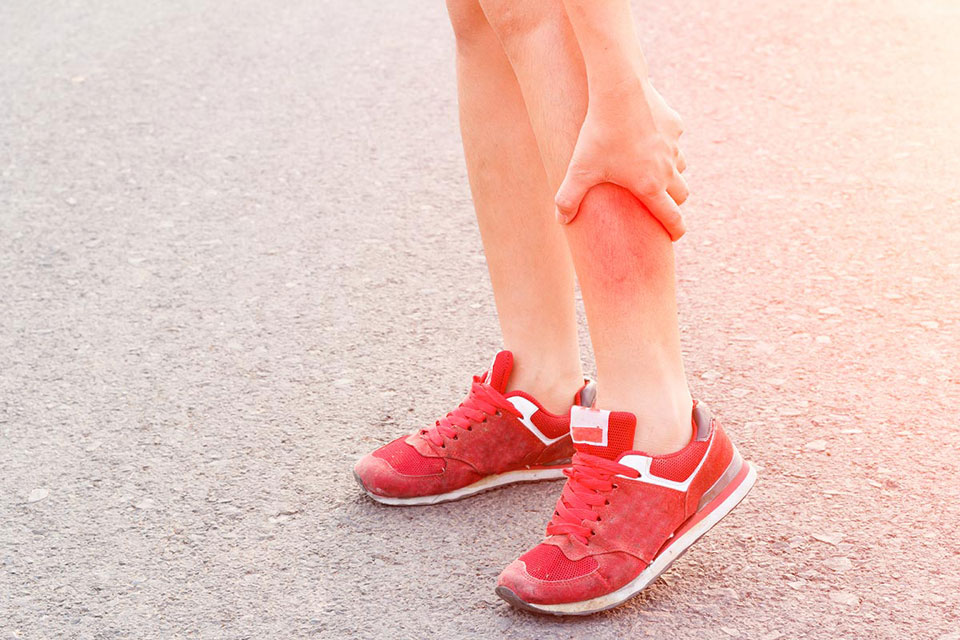
You can reduce the stabbing by icing the shins for 10-15 minutes and keep them in an elevated position to reduce the swelling. Researchers also recommend using shoes that offer better support to the ankle as they can prevent the condition. Besides, finding sneakers that are the right fit as well as running on softer grounds will prevent or reduce the pain.
6. Stress fracture
Stress fractures are small cracks that develop in the foot bone. They are caused by pounding greater amounts of force repeatedly than your leg bone can bear. When this happens, take some time off and consult your doctor.
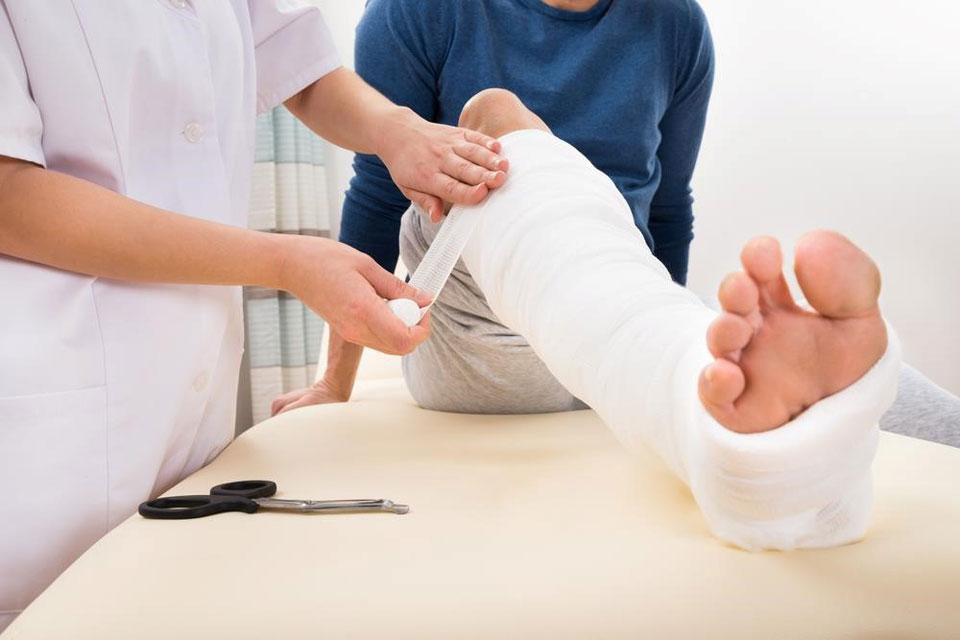
Treatment involves the use of crutches and physical therapy. In some cases, although rarely you can have surgery to correct the condition, to avoid this situation, do cross-training to avoid overuse, wear the right shoes, and eat calcium rich foods to keep the bones strong.
These are some of the common injuries that affect runners. Besides the treatment, we have offered there are other strategies you can use to prevent the injuries. These includes:
- Avoiding overtraining. Try reducing the number of consecutive running days.
- Listen to your body. If the movement does not feel right or feels painful, do not continue with the activity.
- Watch where you run. Make sure you run a flat level surface.
- Take over-striding seriously. Although most runners think that over-striding increases your speed, you may end up hurting your heel, ankle, and knee.
- Choose the right shoes. Choose shoes that provide sufficient support to your feet. If you need additional support, look for shoes that you can fit insoles for plantar fasciitis.
- Heal before returning. If you are recovering from an injury, do not start running before you receive consent from a qualified practitioner trainers.
Conclusion
The care tips we have listed will not only help you to prevent the running injuries but also help you have a great time while exercising.
Use the tips and pay close attention to the alerts from your body to stay injury free and perform at your peak leaves consistently.




